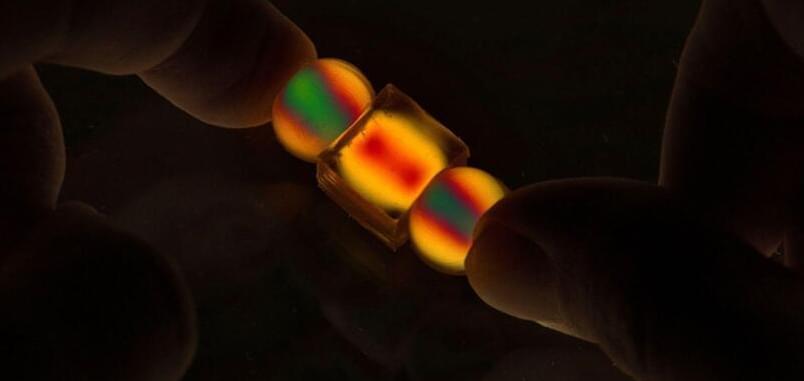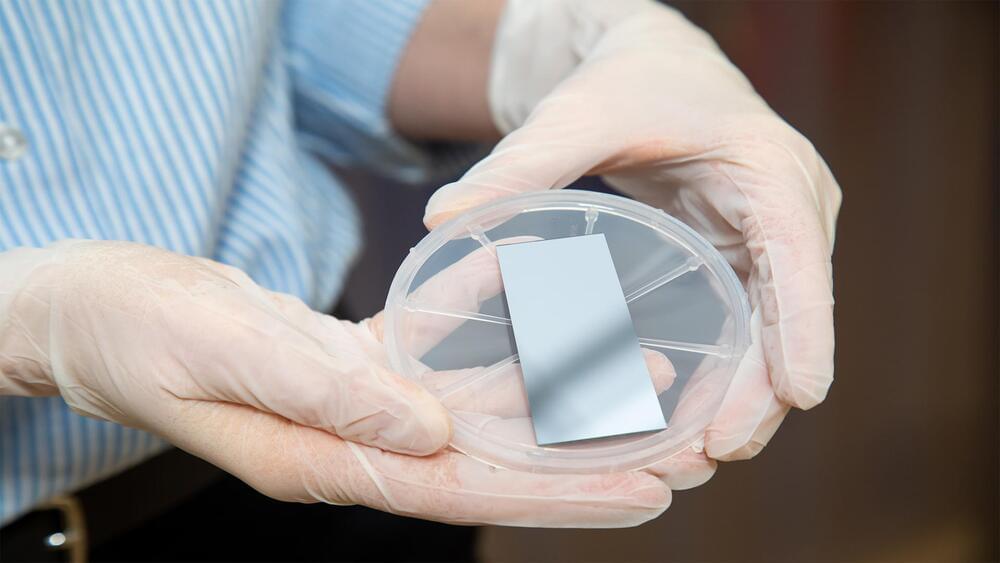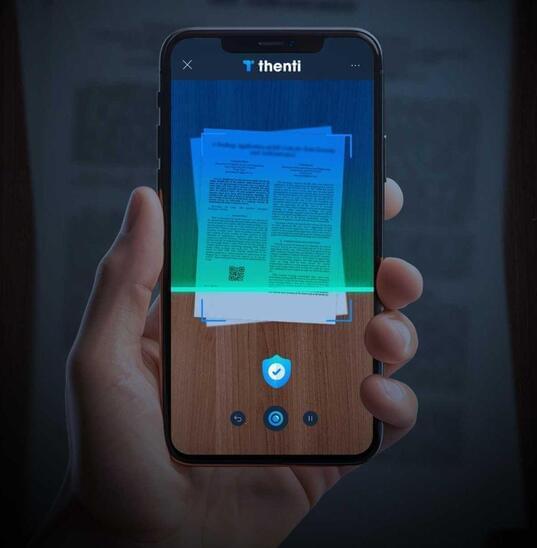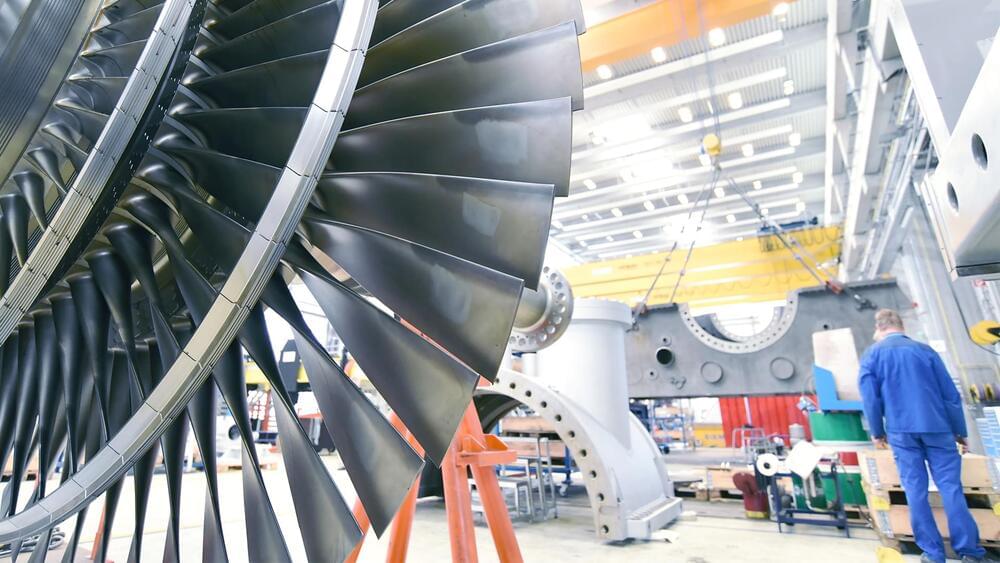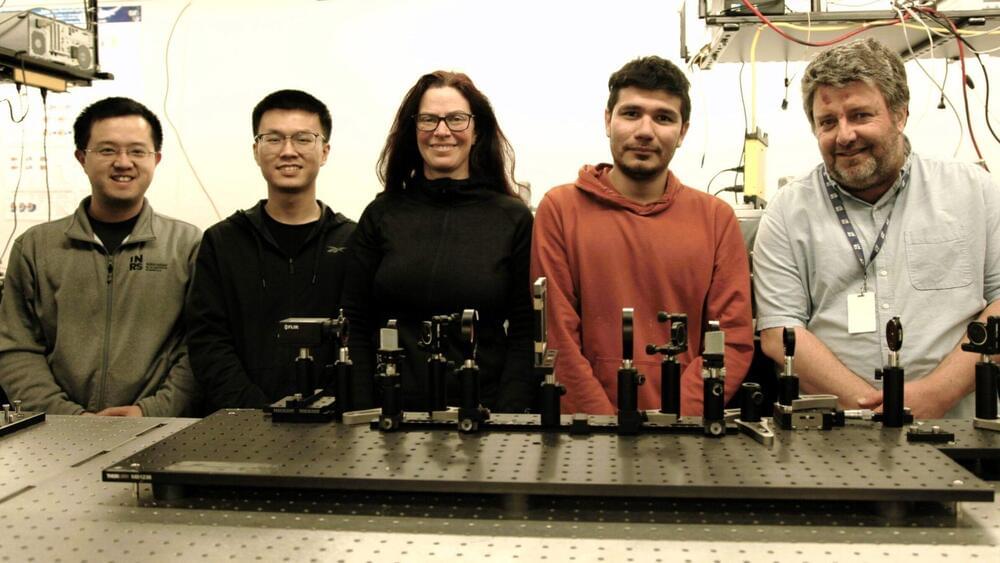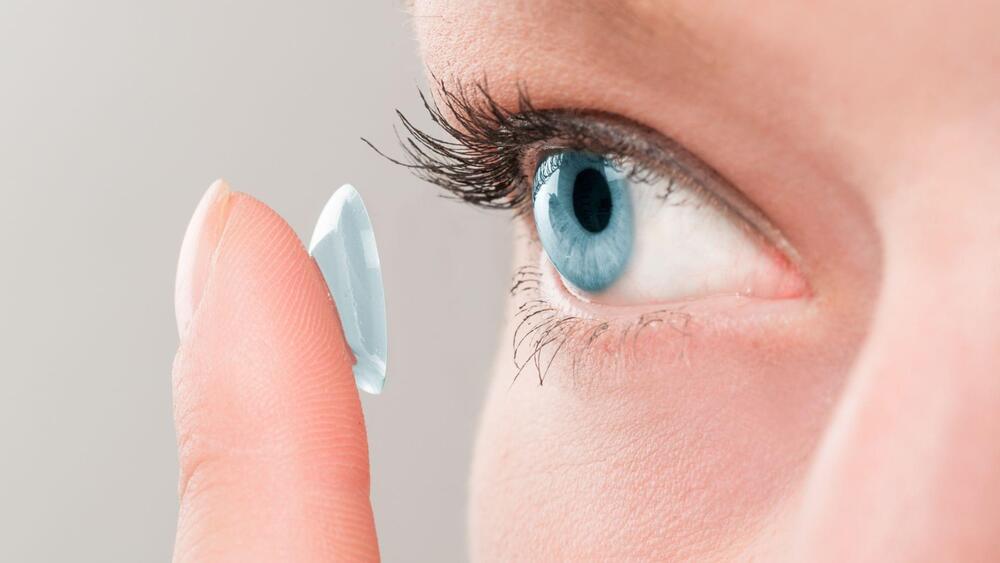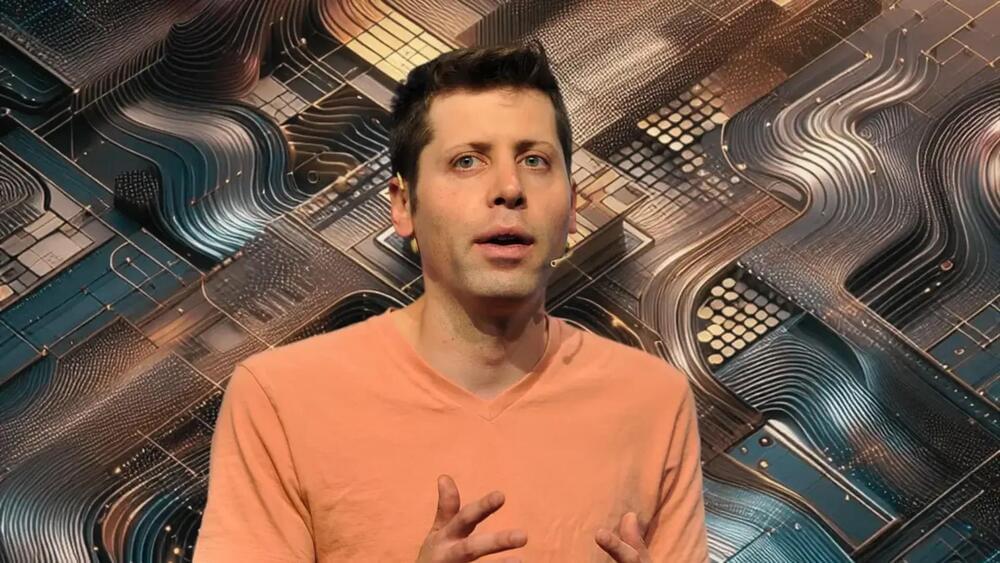Research shows that losing cognitive function in old age may not be inevitable and simple measures can help extend the brain’s health span.
MIT researchers devise new technique to visualize the internal forces within granular materials in intricate 3D detail.
Southwest Research Institute has invested in research to enhance the capabilities of spacecraft instruments. Consequently, they have developed more effective conversion surfaces for the detection and analysis of low-energy particles in outer space.
Led by Dr. Jianliang Lin of Mechanical Engineering and Dr. Justyna Sokół of the Space Science Division, the project could potentially change our understanding of space physics and exploration.
New app for smartphones to detect forgery in documents with the pilot project expected to be deployed in Zurich later this month.
Researchers have reduced the size of steam turbines using supercritical CO2 as a medium, hinting at smaller power plants.
INRS researchers unveil an ultrafast camera featuring SCARF tech, allowing images to be captured at an unprecedented 156.3 trillion fps.
Chinese researchers have allegedly developed a new, powerful Electromagnetic Aircraft Launch System (EMALS) using technology found in electric vehicles.
The catapult can launch a 30-tonne projectile from 0 to 230 feet/s (0 to 70 m/s) in around 2.1 seconds.
Developed by a team of scientists and engineers in Beijing, the new system could slash the cost of aircraft carrier EMALS catapults.
Conventionally, corneal abrasion patients wear a clear, oxygen-permeable bandage contact lens for seven to 10 days but this treatment does not ensure the drug remains in the eye for sustained treatment, according to a statement by the University of Waterloo.
This new lens material was developed with the ambition to address the limitations of current methods for treating corneal abrasions. The contact lens material is derived from gelatin methacrylate, a collagen by-product. Collagen is a protein naturally found in the eye and is involved in the wound-healing process but it’s too soft and weak to perform as an appropriate contact lens material.
Dr. Evelyn Yim, an associate professor of chemical engineering at the University of Waterloo, found a way to transform gelatin methacrylate into a biomaterial ten times stronger than collagen, the statement revealed.
According to Altman, AI will require vast amounts of energy to operate, and nuclear fusion would be the best bet for its source.
“Microsoft has demonstrated its ability to build pioneering AI infrastructure used to train and deploy the world’s leading AI models,” a Microsoft spokesperson told the site. “We are always planning for the next generation of infrastructure innovations needed to continue pushing the frontier of AI capability.”
Needless to say, that’s a mammoth investment. As such, it shines an even brighter spotlight on a looming question for the still-nascent AI industry: how’s the whole thing going to pay for itself?
So far, most companies in the space — Microsoft and OpenAI included — have offered significant AI services for free, sometimes with a more advanced upsell version like OpenAI’s ChatGPT Plus.

